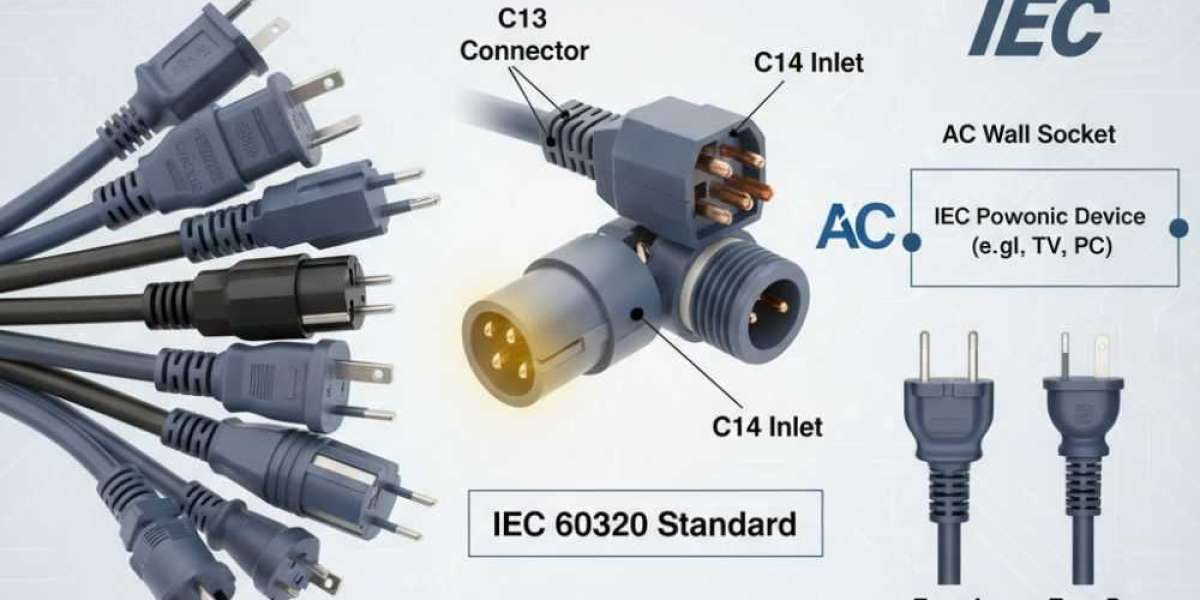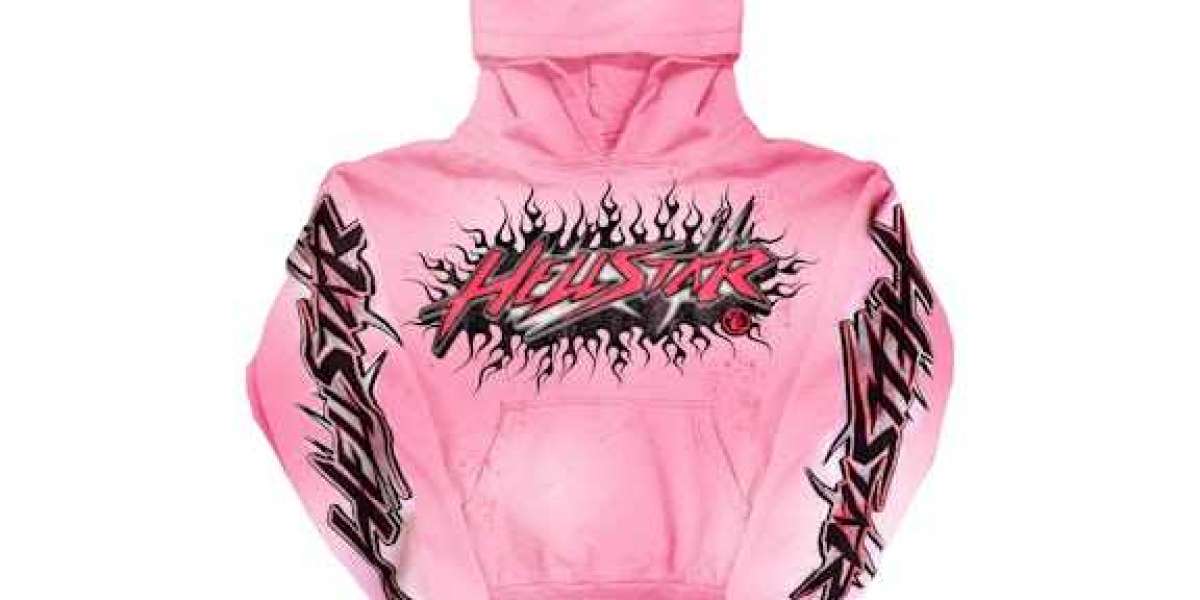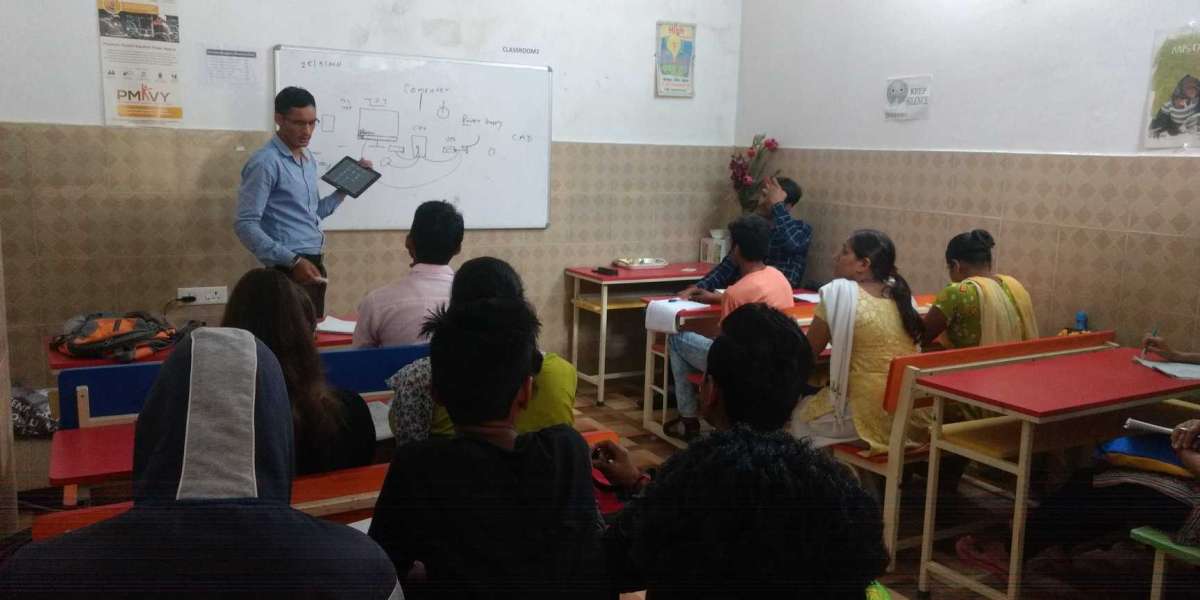Have you ever looked at the back of your computer or monitor and noticed those three-pronged power connectors? Those are IEC connectors, and they're more common than you might think. Today, we'll explore what an IEC adapter is and why it matters in your daily life.
Understanding IEC Adapters
An IEC adapter is a power connection device that follows standards set by the International Electrotechnical Commission. This organization creates global standards for electrical and electronic technologies. When you use an IEC adapter, you're using a connector that works the same way around the world.
These adapters help connect your electronic devices to power sources safely and efficiently. They come in different shapes and sizes, but they all serve one main purpose: delivering electricity to your equipment in a standardized way.
Why Do We Need IEC Adapters?
Before IEC standards became popular, every manufacturer made their own power connectors. This created a lot of confusion and waste. You couldn't easily replace a power cord or use it with a different device.
IEC adapters solved this problem. Now, when your power cord breaks, you can easily find a replacement. You don't need to contact the original manufacturer or buy an expensive proprietary cable. You simply look for the right IEC connector type, and you're good to go.
Common Types of IEC Connectors
The IEC system uses a numbering scheme to identify different connector types. Each number refers to a specific shape and purpose. Let's look at some common ones you'll see in everyday life.
IEC C13 and C14
The most popular IEC connector is the C13/C14 pair. You'll find an iec c13 cord on most desktop computers, monitors, and printers. The C13 is the female connector that plugs into your device, while the C14 is the male inlet on the equipment itself.
This connector can handle up to 10 amps of current at 250 volts. That's enough power for most office and home electronics. The three-prong design includes a ground connection for safety, which protects you from electrical shocks.
IEC C19 and C20
For devices that need more power, there's the C19/C20 connector. These look similar to C13/C14 but are larger and can handle up to 16 amps. You'll find these on servers, large network switches, and high-power equipment.
IEC C5 and C6
The C5/C6 connector looks like a Mickey Mouse head because of its three round holes. People often call it a "Mickey Mouse" or "cloverleaf" connector. You'll see this on laptop power supplies and smaller electronics.
The IEC 320 Standard
When people talk about IEC adapters, they're usually referring to the iec 320 connector family. IEC 320 is the specific standard that covers appliance couplers for household and commercial equipment.
This standard defines how the connectors should look, how they should perform, and what safety requirements they must meet. It ensures that a C13 cord from one manufacturer will work perfectly with a C14 inlet from another manufacturer.
The IEC 320 standard includes both cold and hot condition ratings. Cold condition connectors are for devices that don't generate heat at the connection point. Hot condition connectors can handle equipment that gets warm during operation.
Where You'll Find IEC Adapters
IEC adapters are everywhere once you start looking for them. Here are some common places:
Office Equipment: Desktop computers, monitors, printers, scanners, and photocopiers all use IEC connectors. This makes office setup easier because you can use standard power cords for multiple devices.
Entertainment Systems: Many TVs, gaming consoles, and audio equipment use IEC connectors. Your home theater receiver probably has one on the back.
Networking Equipment: Routers, switches, modems, and servers rely on IEC connectors. Data centers are full of these standardized connections.
Kitchen Appliances: Some electric kettles, rice cookers, and other small appliances use IEC connectors. This makes replacement easier if the cord gets damaged.
Medical Equipment: Hospitals use IEC connectors extensively because they meet strict safety standards and are reliable.
Benefits of Using IEC Adapters
The standardization of IEC adapters brings several advantages to users and manufacturers alike.
Easy Replacement: When a power cord fails, you can quickly find a replacement at any electronics store or online retailer. You don't need to search for device-specific cables.
Cost Savings: Generic IEC cords cost less than proprietary cables. Competition among manufacturers keeps prices reasonable.
Flexibility: You can use longer or shorter cords depending on your needs. Need to place your computer farther from the outlet? Just get a longer IEC cord.
Safety: IEC standards include strict safety requirements. These connectors are designed to prevent electrical hazards and ensure reliable connections.
Global Compatibility: IEC connectors work the same way worldwide. You might need a different wall plug adapter for international travel, but the IEC end stays the same.
Choosing the Right IEC Adapter
When you need to replace or buy an IEC adapter, consider these factors:
Connector Type: Make sure you know which IEC connector your device uses. Check the equipment or the old cable to identify the correct type.
Power Rating: The cable should match or exceed your device's power requirements. Using an underpowered cable can be dangerous.
Length: Choose a cable length that suits your setup. Too short creates tension, while too long creates clutter.
Quality: Look for cables that meet safety certifications like UL, CSA, or CE. These markings show the cable has been tested for safety.
Gauge: The wire gauge (thickness) matters for longer cables. Thicker wires (lower gauge numbers) carry power more efficiently over distance.
Maintaining Your IEC Adapters
IEC adapters are durable, but they need basic care to last longer:
Keep connectors clean and free from dust. Don't yank cables by the cord; always pull from the connector. Check cables regularly for damage like fraying or exposed wires. Store unused cables properly to prevent tangling and damage.
The Future of IEC Adapters
IEC adapters continue to evolve with technology. New standards address higher power requirements and improved safety features. However, backward compatibility remains important, so your existing cables will likely work for years to come.
Conclusion
IEC adapters are simple yet essential components in our electronic world. They provide safe, reliable, and standardized power connections for countless devices. Understanding these connectors helps you maintain your equipment better and make informed decisions when buying replacement cables.
The next time you plug in your computer or monitor, you'll know exactly what that connector is and why it's designed that way. IEC adapters prove that sometimes the best solutions are the standardized ones that just work, everywhere and every time.








